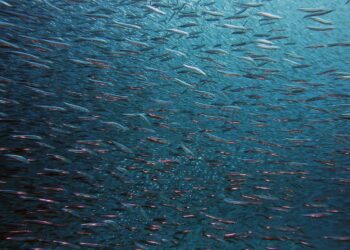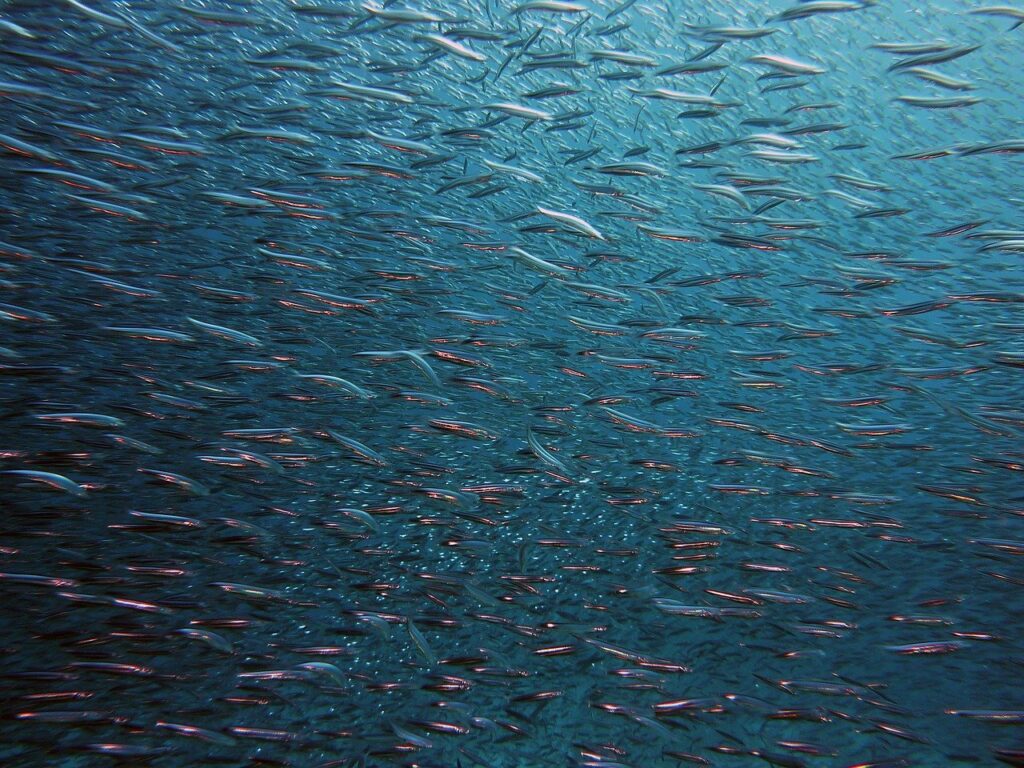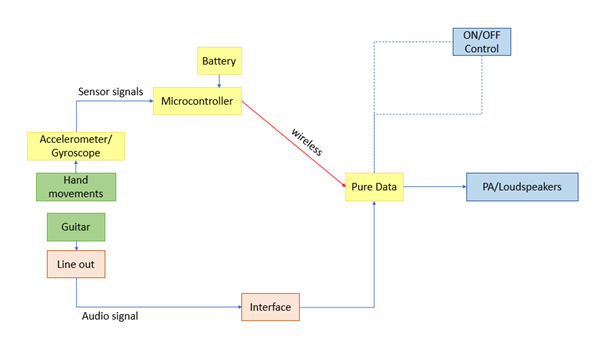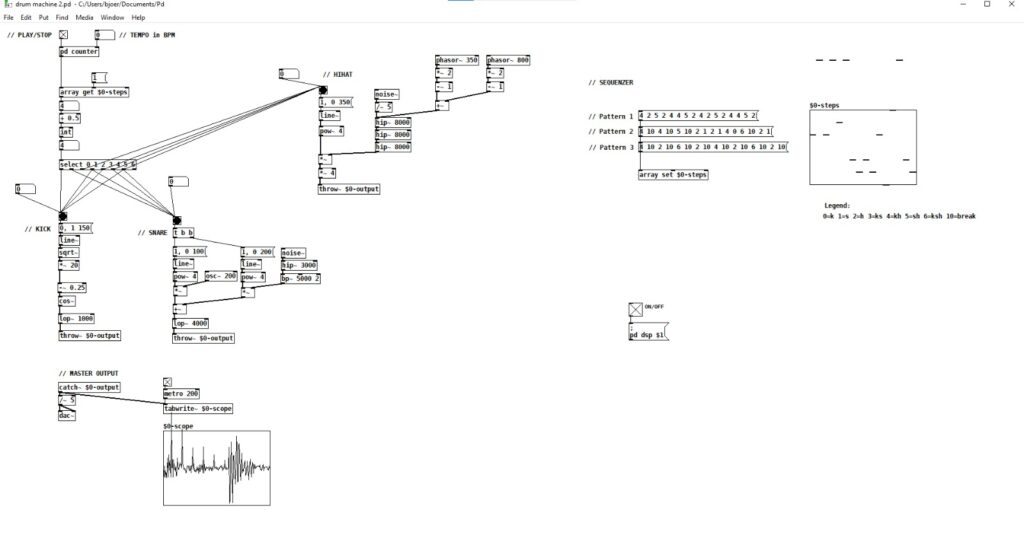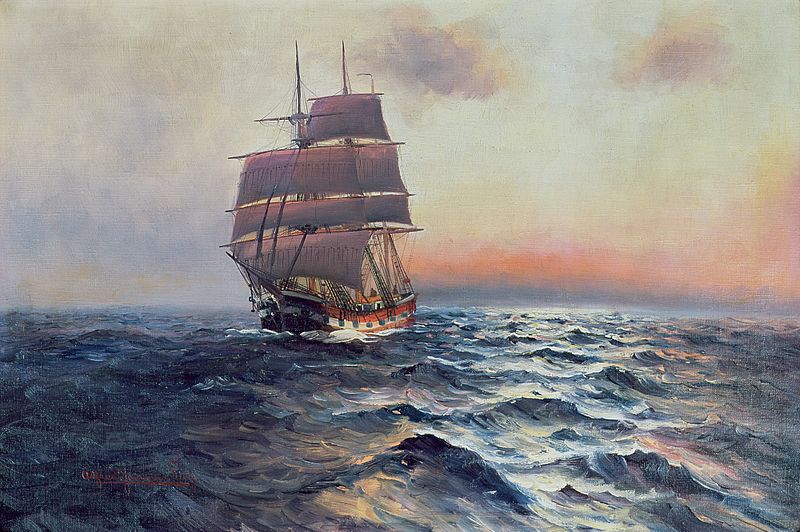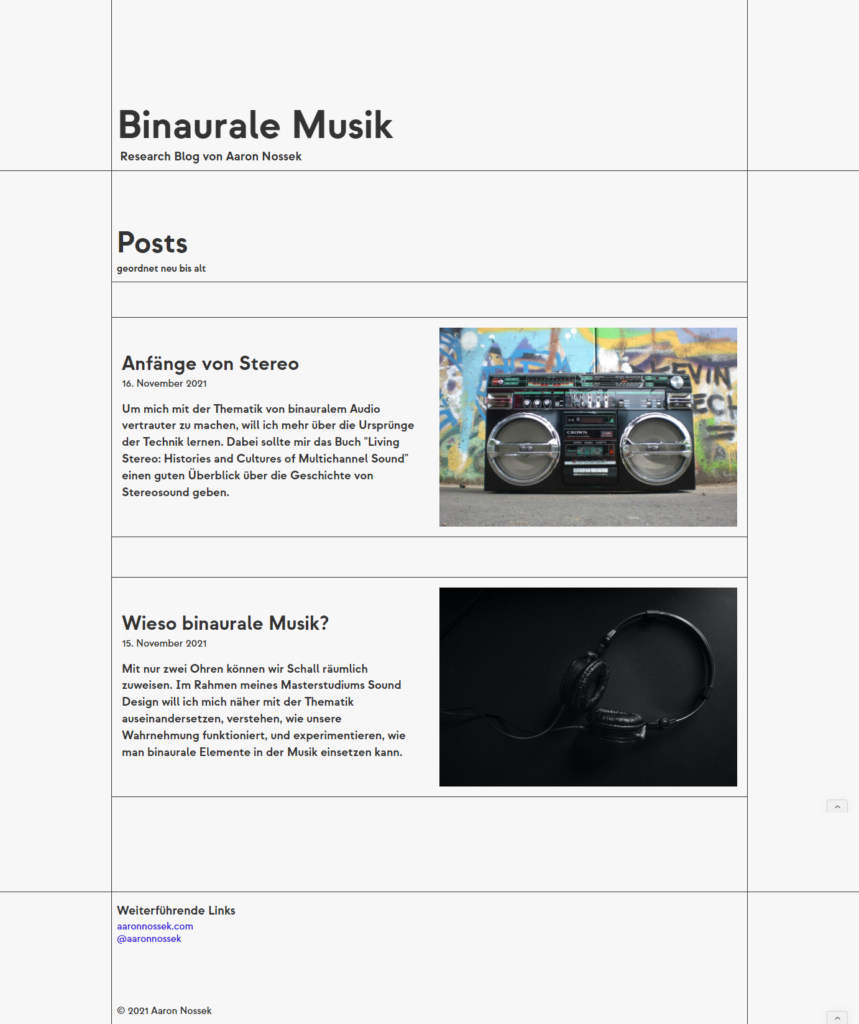This blog entry is an addendum from the 6th October 2021.
It is concerned with the first (veeery) rough concepts that I presented on 7th October at the Institute of Electronic Music and Acoustics (IEM) at the TU Graz. We were tasked to come up with 3 different concepts/ideas and to rank them according to our preferences so that a suitable supervisor could be found for our idea. As I presented the ideas in German, the brief descriptions are also written in that language.
Gitarrenidee – 1. Priorität
Obwohl mein Hauptinstrument (E)-Gitarre ist, greife ich öfter zum MIDI-Keyboard, um Songs zu produzieren und verwende die Gitarre vergleichsweise wenig.
So ist mir die Idee gekommen Songs, ein Album oder einen Soundtrack zu produzieren und dabei nur die Gitarre als Input-Instrument bzw. als einzige Audioquelle zu verwenden.
Ziel ist es zu versuchen, alle anderen Instrumente wie Drums, Klavier, Effekte und auch eventuell Stimme etc. mit Gitarre umzusetzen. Zum Beispiel durch:
- kreative Spieltechniken
- Aufnahmetechniken
- entsprechender Bearbeitung mit Effekten
Ich finde das Thema auch spannend, weil man heute so viel Auswahl und Möglichkeiten hat, Songs zu produzieren und es daher vielleicht interessant ist, sich dahingehend ein bisschen zu limitieren und zu eruieren, was mit der Gitarre alles möglich ist. Auch bietet es mir die Möglichkeit mein Instrument besser oder auf andere Weise kennenzulernen.
Die Idee könnte zusätzlich ausgeweitet werden, indem man auch bauliche Veränderungen an einer E-Gitarre in Betracht zieht, um so noch bessere Ergebnisse zu erzielen.
Audio Branding Idee – 2. Priorität
Konsequentes Audio Branding birgt viele Vorteile für Firmen, spielt aber eine vergleichsweise nebensächliche Rolle zum graphischen Branding und durch schlechte Entwicklung oder Implementierung können Unternehmen oftmals nicht von den Vorzügen von Musik und Sound profitieren.
Ich habe über dieses Thema meine Bachelorarbeit mit dem Titel:
“What does my brand sound like? Success factors for the implementation of sonic branding in a company’s brand strategy”
verfasst.
Nachdem ich somit die theoretische Grundarbeit geleistet habe, würde ich mich gerne dem Thema praktisch widmen und für ein konkretes Unternehmen ein Audio Branding Konzept ausgestalten.
Ziel sollte sein einen passenden Brand Sound zu finden, der Marke und Eigenschaften in sich vereint und als Basis verwendet werden kann, um andere Elemente abzuleiten. Diese anderen Elemente können u.a. sein:
- Audio Logo
- Jingle
- Musik für Imagefilm und/oder Werbung
Ich möchte verschiedene Techniken untersuchen und ausprobieren, um auf den passenden Brand Sound zu kommen und dabei eruieren, welche Techniken, Elemente und Anwendungsbereiche am besten funktionieren.
An dieser Idee würde mich insbesondere der praktische und anwendungsorientierte Bezug reizen.
Musik von Bildern – 3. Priorität
Das Hauptziel dieser Idee ist es, Bilder hörbar zu machen bzw. auf einer anderen Sinnesebene erlebbar zu machen.
Bilder und deren Zusammensetzung werden anhand verschiedener Parameter analysiert; zum Beispiel anhand des elektromagnetischen Spektrums.
Anschließend werden den verschiedenen Frequenzbereichen bzw. Farbtönen spezielle musikalische Frequenzbereiche zugeordnet.
Nun scannt eine Art Detektor/Lesegerät horizontal/vertikal/im Kreis das Bild und ermöglicht so Bilder bzw. die Farben von den Bildern zu hören.
Dies kann im Kontext einer Ausstellung oder Ähnlichem geschehen.
